10 Best Adventures of 1918
By:
January 26, 2018
One hundred years ago, the following 10 adventures — selected from my Best Nineteen-Teens (1914–1923) Adventure list — were first serialized or published in book form. They’re my favorite adventures published that year.
Note that 1918 is, according to my unique periodization schema, the fifth year of the cultural “decade” know as the Nineteen-Teens. Therefore, we have arrived at the apex of the Teens; the titles on my 1918 and 1919 lists represent, more or less, what Nineteen-Teens adventure writing is all about. That is, “adolescent” adventure themes and memes engaged in a dialectical high-wire act with postwar Weltschmerz.
Please let me know if I’ve missed any adventures from this year that you particularly admire. Enjoy!
- Leo Perutz’s crime adventure Zwischen neun und neun (From Nine to Nine). Stanislaus Demba, an impoverished but honest Czech tutor living in Vienna, is desperate to take a woman with whom he is obsessed on a holiday trip… so he attempts to sell valuable library books, but is apprehended when he attempts to sell them. He flees, staying one step ahead of the authorities while trying one ludicrous scheme after another in order to get his hands on some loot. Speaking of hands, Demba can’t use his — we find out why about halfway through the book — which only makes his efforts all the more absurd. It’s a Hitchcockian farcical thriller; it’s also a meditation on what it means to be truly free. Although Demba himself is arrogant and unsympathetic, he encounters a variety of amusing characters — university professors, gamblers, bank clerks, thieves — and we catch a glimpse of the era’s anti-Semitism and xenophobia. Fun facts: Originally serialized in European newspapers, under the title Freedom. The book was quite popular, and translated into several languages in the 1920s.
- H. de Vere Stacpoole’s artful dodger adventure The Man Who Lost Himself. A fun identity-switching yarn in which Vincent Jones, a down-on-his luck but honest and enterprising Australian man wakes up after getting drunk in London and discovers that everyone believes he’s the Earl of Rochester. Rochester, it seems, is a cad who’s run up a mountain of debts and driven his lovely wife out of their home; he’s also Jones’s exact double. At first, Jones plays along with what he assumes is a practical joke… but then he learns that Vincent Jones, or someone who looks exactly like him, has been killed! Jones’s quick wit and decisiveness help him make the best of a ticklish situation: “He had a great deal of the terrier in his composition, the honesty, the rooting out instinct, and the fury before vermin.” But when he’s thrown into an insane asylum, how will he escape? PS: This plot may remind you of the Alec Guinness movie The Scapegoat (or the 2012 remake), but those are based on Daphne du Maurier’s (less amusing) 1957 novel of that title. Fun fact: De Vere Stacpoole was an Irish-born doctor and prolific author best known for his 1908 romance novel The Blue Lagoon. HiLoBooks will serialize The Man Who Lost Himself here at HILOBROW during 2018.
- Louis Joseph Vance’s Lone Wolf espionage adventure The False Faces. Ten years before the debut of Simon “The Saint” Templar, Leslie Charteris’s master criminal who during WWII would become a British agent, there was The False Faces, in which French master thief and dashing man about town Michael Lanyard, aka the Lone Wolf, turns spy. In the second of Vance’s eight Lone Wolf adventures, we find Lanyard at the front — crossing “No Man’s Land” from the German zone back to the British. He has been hunting for Ekstrom, the Prussian spy responsible for the brutal death of his wife and child; however, Ekstrom has fled to America. Lanyard, in disguise, follows him — overcoming one peril after another, from a U-boat attack on his passenger ship (“with the lurid unreality of clap-trap theatrical illusion the U-boat vomited a great, spreading sheet of flame”) to a multinational nest of spies in Manhattan. The action is non-stop! Will the Lone Wolf revenge himself? Fun facts: There were some two dozen Lone Wolf movies made. Henry B. Walthall starred as Michael Lanyard in the 1919 American silent film adaptation of The False Faces; and Lon Chaney starred as the movie’s villain.
- Edgar Rice Burroughs’s The Land That Time Forgot. During WWI, a shipwrecked American shipbuilder (Bowen Tyler), beautiful Frenchwoman Lys La Rue, and the crew of a British tugboat capture a German U-boat — and sail it to the Antarctic, dodging Allied ships — until they find themselves drawn to an uncharted magnetic island… inhabited by beast-men in various states of evolution. The British and German sailors agree to work together, under Tyler, to survive (Swiss Family Robinson-style) until they can somehow refuel the U-boat. However, when Lys is captured by proto-humans and the Germans abscond with the sub, Tyler must set off into the interior of the island. Fun facts: Some Burroughs fans consider this the author’s best novel. Confusingly, in 1924 it was published — along with two sequels (The People That Time Forgot, Out of Time’s Abyss) under the omnibus title The Land That Time Forgot. Reissued by Bison Frontiers of Imagination.
- Sax Rohmer’s supernatural adventure Brood of the Witch Queen. Robert Cairn, the son of eminent physician Dr. Bruce Cairn, is disturbed by an Oxford classmate, the effeminate Antony Ferrara, whose rooms are full of incense… not to mention an unwrapped female mummy. Ferrara is the adopted son of Dr. Cairn’s friend, Sir Michael. Years earlier, Bruce and Michael had spelunked forgotten pyramids in Egypt, searching for the tomb of a witch-queen… and in doing so, unwittingly awakened an evil avatar of ancient sorcery! The novel was originally serialized, so it reads like a series of discrete adventures — in each of which, the Cairns hunt Antony Ferrara across England and Egypt, while attempting to protect the beautiful Myra Duquesne, who along with Antony is heir to Sir Michael’s fortune. Although the ending is disappointingly abrupt, the atmospheric horrors (vampires, mummies, hordes of spiders and beetles, an infernal Book of Thoth) leading up to that point are very fun. Fun facts: First serialized in the British magazine Premiere. In his 1927 essay “Supernatural Horror in Literature,” H.P. Lovecraft describes Brood of the Witch Queen as one of the best pulp novels inspired by Bram Stoker’s Dracula.
- H. Rider Haggard’s When the World Shook (serialized 1918–1919). When adventurers Bastin, Bickley, and Arbuthnot are marooned on a South Sea island, they discover two Atlanteans in a state of suspended animation. One of the awakened sleepers, Lord Oro, is a superman — the last king of the Sons of Wisdom, who’d relied on hyper-advanced technology to subjugate the planet’s lesser peoples. The other is Oro’s sexy daughter, Yva… who falls in love with Arbuthnot. Using astral projection, Lord Oro visits London and the battlefields of the Western Front. Why? To determine whether or not he should once again employ an infernal chthonic machine to drown the worthless human race, as he’d done 250,000 years earlier! Fun fact: One of the few SF tales by the author of King Solomon’s Mines and She. Reissued by HiLoBooks, with an Introduction by James Parker.
- Jack London’s Radium Age sci-fi story The Red One. Lured into the uncharted jungle of Guadalcanal by an otherworldly noise, the naturalist Bassett is attacked by cannibalistic bushmen — who worship a deity known as “The Red One” (or “The Star-Born”). It’s a giant red sphere, which Bassett realizes is a message sent from an alien civilization — perhaps millennia ago — but which was lost, never to be discovered by western civilization. (“It was as if God’s Word had fallen into the muck mire of the abyss underlying the bottom of hell; as if Jehovah’s Commandments had been presented on carved stone to the monkeys of the monkey cage at the Zoo; as if the Sermon on the Mount had been preached in a roaring bedlam of lunatics.”) Will Bassett be able to carry news of this tremendous discovery out of the wilderness? Or will he be sacrificed to the Red One? Fun facts: First published posthumously, in the October 1918 issue of The Cosmopolitan; the story likely helped inspire Arthur C. Clarke’s The Sentinel — which inspired Stanley Kubrick’s 2001. Serialized here at HILOBROW in 2012.
- Owen Gregory’s Radium Age science-fiction adventure Meccania: The Super-State. In the year 1970, Ming, a young Chinese traveler, visits the Central European state of Meccania. Constantly monitored by official guides, Ming gets into more trouble when his personal diary — in which he notes that Meccania’s militaristic government dominates social life, that the country is a place of “perpetual propaganda” where dissenters are sent to mental hospitals and concentration camps, and that everyday life there is “an odd mixture of arrogance, xenophobia, over-punctiliousness, over-organization, chauvinism, and rigidity” — does not match the records of his guides with perfect exactness. The state maintains a eugenic breeding program; all telephone conversations are monitored; and workers’ actions are monitored and regulated in precise detail. Fun fact: This dystopian, proto-totalitarian state is obviously based on Germany; its neighbors are “Franconia” [France], “Luniland” [Britain], and “Lugrabia” [Russia].
- Edith Wharton’s WWI adventure novella The Marne. Troy Belknap, a wealthy American adolescent, is enjoying his family’s annual summer visit to France when the Germans invade; he is outraged by the attitudes of fleeing Americans for whom the war is nothing but something to chatter about. Against a backdrop of the first battle of the Marne (September 1914), during which French forces forced the Germans to retreat from advancing towards Paris, Troy and his mother carry supplies to war-ravished portions of the country; something that Wharton, who did the same, describes in harrowing detail. Three years pass, during which time formerly isolationist Americans begin to make noises about “Liberty’s chance to Enlighten the World.” Disgusted by the notion that America has anything to teach France, as the Germans again march towards Paris, Troy returns to the country he loves and joins an ambulance brigade. Though dismissed by Wharton fans as hastily written propaganda (OK, it is), and although the ending is lamely mystical, The Marne is a lively, more-or-less eyewitness document of the times. Fun facts: The war was raging on October 26, 1918, when Wharton’s novella was published in the Saturday Evening Post. Fighting continued for two more weeks.
- A. Merritt’s Radium-Age sci-fi/fantasy adventure The Moon Pool (1918–1919). The scientist Dr. Goodwin, the dashing pilot/adventurer Larry O’Keefe, and others descend into the Earth’s core — in pursuit of an entity that sometimes rises to the surface of the planet and captures men and women. In addition to a lost race of powerful, handsome “dwarves” and a lost race of froglike humanoids, the explorers discover that the entity they seek is the Dweller, essentially an AI created by an advanced race, known as the Shining Ones (ancient astronauts?). The Dweller has the capacity for great good and great evil, but over time is has tended to become evil rather than good. Yolara, a beautiful woman who serves the Dweller, falls in love with O’Keefe; so does Lakla, a beautiful woman who serves the Shining Ones. The adventurers must persuade or coerce the Dweller to become good — but how? Fun fact: Merritt was a best-selling author during this period. The Moon Pool, which originally appeared as two short stories in All-Story Weekly, is sometimes cited as an influence on Lovecraft’s “The Call of Cthulhu.” Reissued by Bison Frontiers of Imagination.
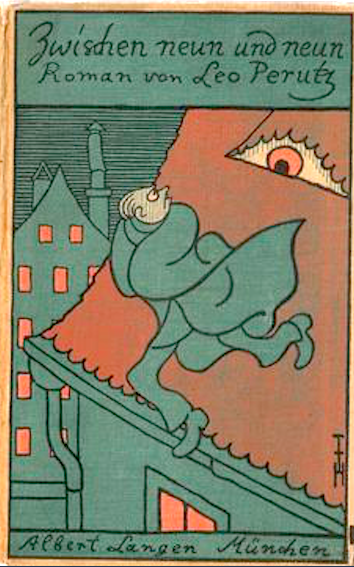
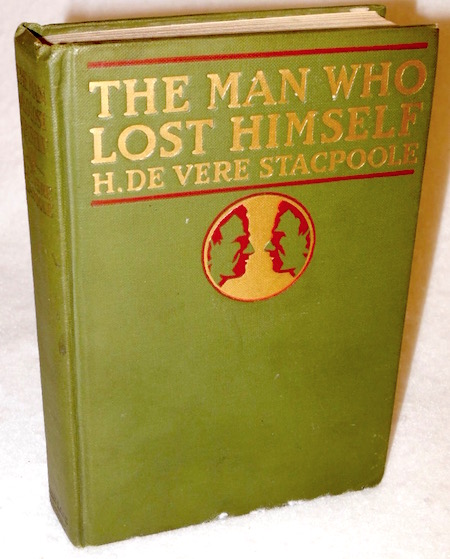
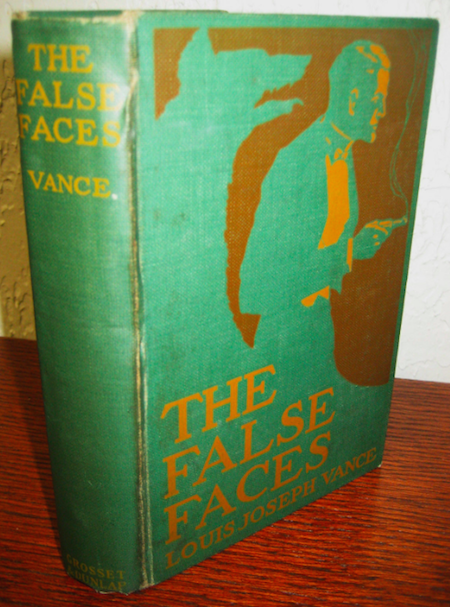
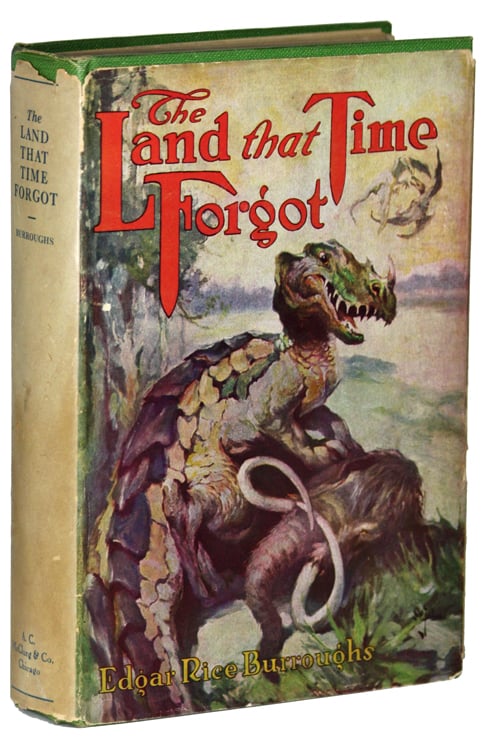
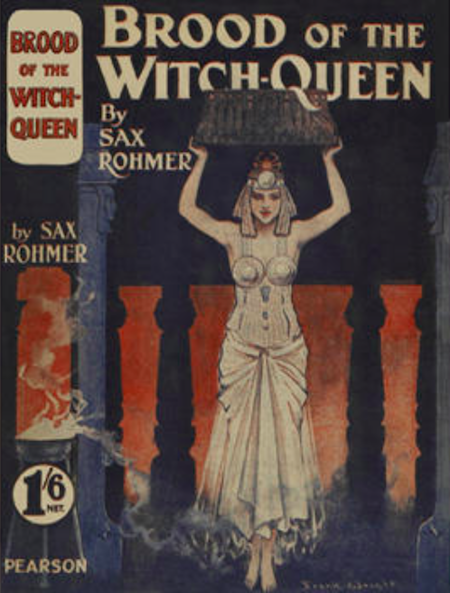
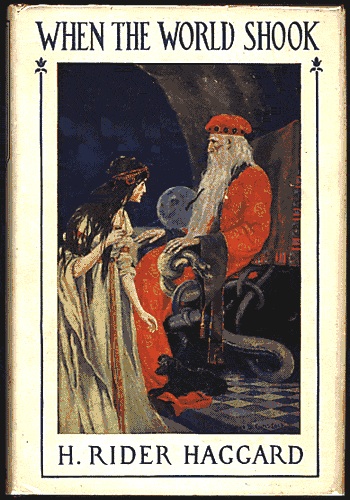
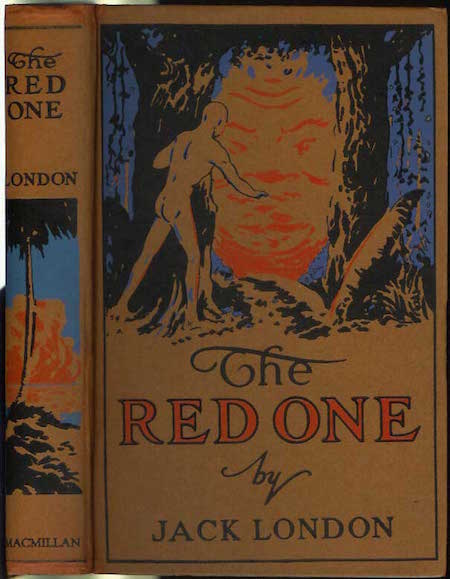
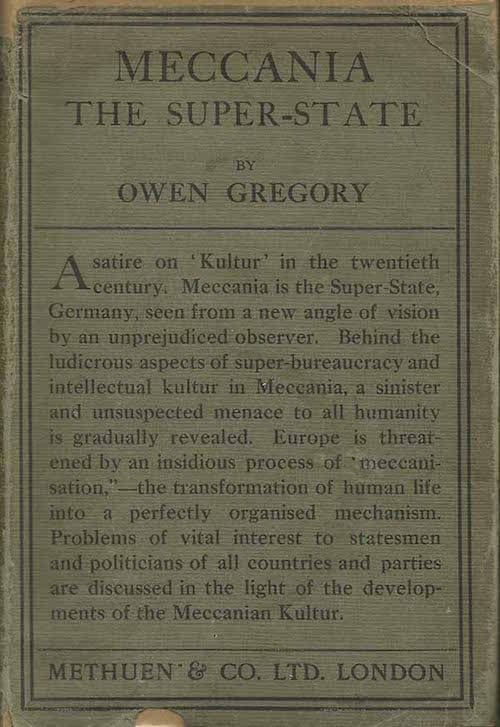
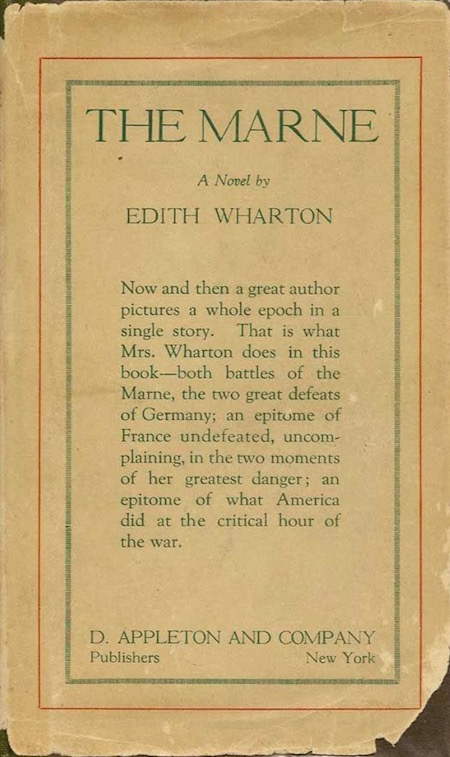
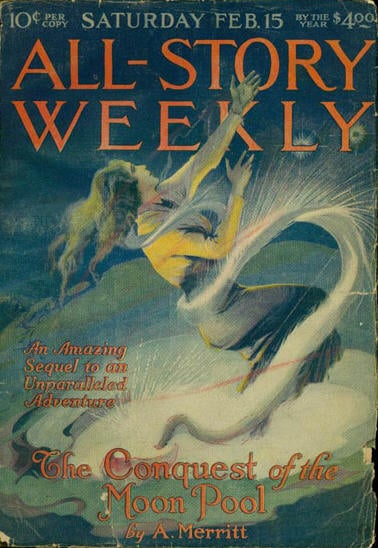
JOSH GLENN’S *BEST ADVENTURES* LISTS: BEST 250 ADVENTURES OF THE 20TH CENTURY | 100 BEST OUGHTS ADVENTURES | 100 BEST RADIUM AGE (PROTO-)SCI-FI ADVENTURES | 100 BEST TEENS ADVENTURES | 100 BEST TWENTIES ADVENTURES | 100 BEST THIRTIES ADVENTURES | 75 BEST GOLDEN AGE SCI-FI ADVENTURES | 100 BEST FORTIES ADVENTURES | 100 BEST FIFTIES ADVENTURES | 100 BEST SIXTIES ADVENTURES | 75 BEST NEW WAVE SCI FI ADVENTURES | 100 BEST SEVENTIES ADVENTURES | 100 BEST EIGHTIES ADVENTURES | 75 BEST DIAMOND AGE SCI-FI ADVENTURES | 100 BEST NINETIES ADVENTURES (in progress) | 1994 | 1995 | 1996 | 1997 | 1998 | 1999 | 2000 | 2001 | 2002 | 2003 | NOTES ON 21st-CENTURY ADVENTURES.
